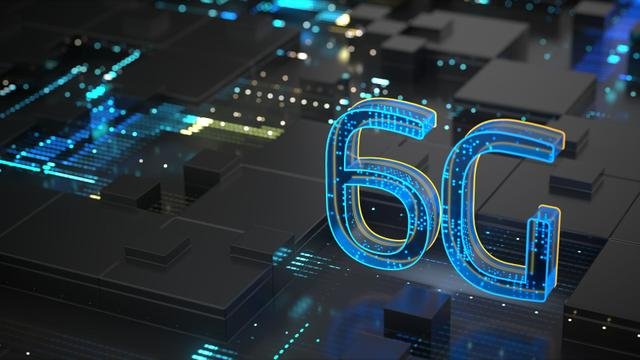In a remarkable demonstration of technological advancement, researchers have transmitted data at unprecedented speeds, marking a significant milestone for future 6G technology.
The innovative test achieved wireless transmission speeds of 938 gigabits per second (Gbps), eclipsing current 5G capabilities by more than 9,000 times.

This breakthrough paves the way for instantaneous downloads, capable of transferring over 20 movies in a single second.
The experiment, conducted by Zhixin Liu and his team at University College London, was designed to evaluate the potential speeds of 6G networks.
By operating across a broadened spectrum—from 5 gigahertz (GHz) to 150 GHz—the researchers adopted a hybrid approach that combines both radio and optical technologies for the first time.
This method harnesses both high-speed electronic converters and light-based radio signal generators, enabling access to a wide range of frequencies previously unexplored by existing mobile networks.
These enhancements reflect Liu’s vision of transforming current wireless bandwidth from narrow, congested pathways to expansive ’10-lane highways’, echoing the demands of ever-growing data access requirements.
The transformation relies on increasing frequency use while ensuring robust and reliable signal quality, creating super-fast communication networks without usual speed bottlenecks.
While 5G connections typically operate below 6 GHz, this resulted in lower-than-potential speeds.
In contrast, the anticipated 6G systems will utilize higher, less congested frequency bands, including those in the 7 to 24 GHz range and above, reaching into sub-terahertz levels potentially spanning up to 300 GHz.
Such advancements promise to dramatically enhance wireless data transfer rates, equipping future devices with capacities far surpassing those available today.
The team’s successful transmission leveraged an orthogonal frequency-division multiplexing (OFDM) format, a crucial component for developing next-gen Radio Access Networks (RAN).
This innovative application resulted in a new world record for multiplex data speeds and represents a progressive step towards the commercial realization of 6G technology.
Notably, the implications of their research have captured the interest of smartphone manufacturers and network providers, who view this as a foundational pillar for the next wave of wireless innovation.
Discussions are underway to explore integrating this technology into future products, building on parallel advances by telecommunication firms globally.
Japanese telecommunication companies, for example, have already developed devices capable of data speeds reaching 100 Gbps, twenty times faster than current 5G.
These cooperative advancements are integral as nations race to usher in the 6G era.
Going beyond laboratory experiments, Liu’s team hopes to create a prototype capable of functioning within a commercial environment within the next five years.
This ambition underscores the potential real-world applications of their findings, from easing network congestion at large events to providing seamless connectivity across bustling cityscapes.
The quest for heightened wireless speeds and efficiency will undoubtedly continue, with researchers around the world striving to overcome challenges and craft future-proof networks.
As 6G technology comes closer to reality, its game-changing effects promise to redefine global communication, data access, and the way we interact with digital environments.
